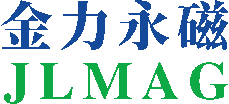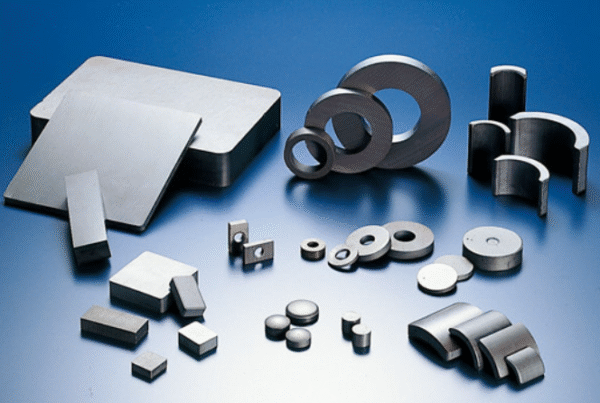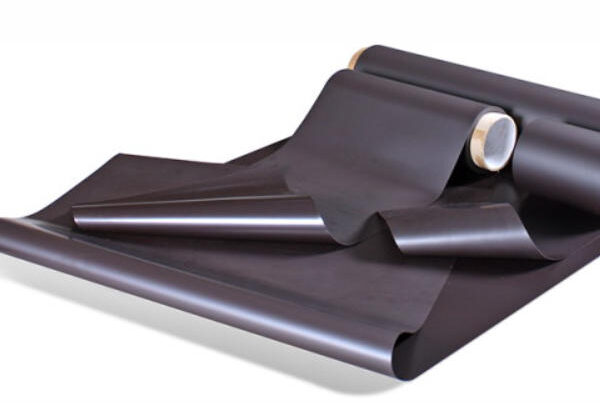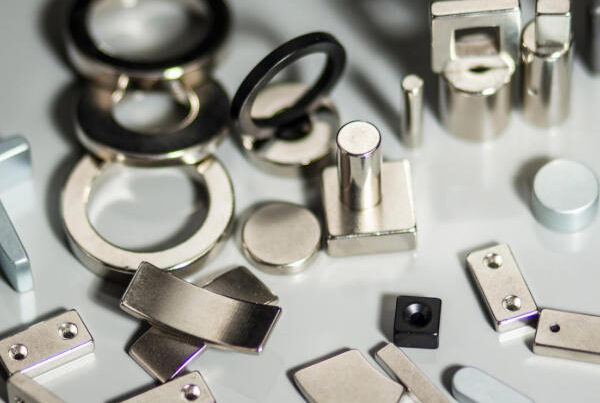Como a demanda por materiais magnéticos em motores industriais, Sensores e equipamentos de alta temperatura continuam a crescer, AlNiCo magnets are widely used due to their excellent performance. No entanto, equipment upgrades have brought a large number of discarded magnets. How to achieve efficient reuse of resources while reducing environmental pollution has become an important issue facing the industry. Próximo, follow this article to explore and understand the significance, methods and future trends of recycling and reuse of AlNiCo magnets.
- Necessity of recycling and environmental significance
AlNiCo magnets contain rare metals such as cobalt and nickel. If discarded at will, the metal elements may penetrate into the soil and water, causing long-term pollution and ecological damage. The tight supply of cobalt resources has also attracted international attention. Through scientific recycling, not only can the dependence on natural minerals be greatly reduced, but also carbon emissions can be reduced and resource utilization can be improved. In the context of circular economy and sustainable manufacturing, the recycling of AlNiCo magnets has become an important part of enterprises fulfilling their social responsibilities and environmental obligations.
- Composition and recycling potential of Alnico magnets
Alnico magnets are mainly composed of aluminum (Al), níquel (Ni), cobalto (Co) and iron (Fe), among which cobalt and nickel are rare metals with high prices and strong strategic significance.
These metals not only have good mechanical and electromagnetic properties, but also can be easily purified and reused during the regeneration process. In particular, cobalt is widely used in batteries, aviation alloys and other fields, and its recycling has great economic value.
Comparado com ímãs NDFEB, Alnico has excellent high-temperature magnetic stability, and some of its magnetic properties can be retained even after remelting or powder reconstruction. This makes it still have re-application value in high-temperature motors, industrial control and other fields.
Portanto, scientific disassembly and purification of it not only saves raw material procurement costs, but also helps enterprises build a green and sustainable production system.
- Recycling process and process methods
The recycling process of Alnico magnets is relatively mature, but it still requires precise coordination of multiple steps.
The first is the pretreatment stage: including preliminary classification, removal of shells and plastic coatings, and crushing of the entire magnet. After that, the magnets are ground into fine particles by crushing equipment to facilitate subsequent separation.
Entering the physical sorting stage, magnetic separation and gravity sorting technology are usually used to separate the iron and non-magnetic impurities. This can improve the purity of the recovered metal and reduce the difficulty of subsequent metallurgical treatment.
In terms of metal extraction, there are two main routes:
- High-temperature smelting: suitable for large-scale recovery, extracting each metal through layered melting point;
- Hydrometallurgy: extracting high-purity cobalt, nickel and other metals through acid leaching, electrodeposition and other methods, suitable for refined reuse scenarios.
Throughout the process, attention must be paid to the treatment of waste gas and waste liquid to avoid secondary pollution and ensure environmental compliance.
- Main application directions of reuse
Recycled aluminum nickel cobalt magnets and metal components have multiple uses. After purification and reprocessing, new high-performance magnets can be manufactured and continue to be used in motors, measuring instruments and other fields; while materials that have not fully restored their magnetism can be used in educational experiments, low-magnetic field tooling and other scenarios with low performance requirements. Além disso, the purified metal can also be used as raw materials for stainless steel and high-temperature resistant alloys, and applied to energy, aerospace and other industries. Scientific grading and utilization can fully tap the recycling value.
- Recycling economy and industry trends
Against the background of global resource shortage, the recycling industry of aluminum, nickel and cobalt is gradually maturing. Nos últimos anos, the prices of metals such as cobalt and nickel have continued to run at a high level, and recycling and reuse have considerable economic benefits. It is estimated that standardized recycling can save enterprises 30% to 50% of the raw material procurement costs. Além disso, Europe, the United States and China have successively introduced encouraging policies to support the construction of closed-loop recycling systems and recycled metal industry chains. No futuro, automation, intelligence and greening will become the keywords for the development of the industry.
- Policy support and regulatory guarantees
The EU “WEEE Directive” clearly stipulates that magnetic materials containing hazardous metals must be specially recycled. China’s “Law on the Prevention and Control of Environmental Pollution by Solid Waste” also emphasizes the extended producer responsibility system and requires enterprises to be responsible for the entire life cycle of products. Local governments support enterprises to build recycling facilities and reprocessing production lines through financial subsidies, tax incentives and other means. Perfect policies and regulations not only provide guarantees for the industry, but also promote the rapid development of green recycling of aluminum, nickel and cobalt magnets.
Conclusão
The environmentally friendly recycling and reuse of AlNiCo magnets is not only an inevitable choice to cope with resource constraints and environmental pressures, but also an important manifestation of corporate social responsibility. With technological progress and policy improvement, this field will achieve more efficient, green and intelligent circular development in the future. Portanto, the key to achieving efficient resource utilization and continuous reduction of environmental burden lies in establishing a complete industrial chain covering recycling, reprocessing and reuse. Only in this way can the metal value of waste AlNiCo magnets be truly brought into play and a solid foundation be laid for the green transformation of the manufacturing industry.






